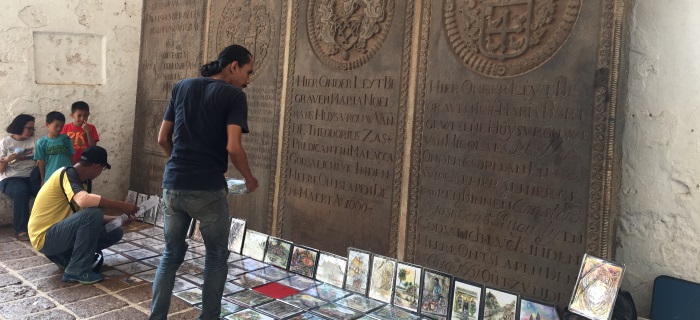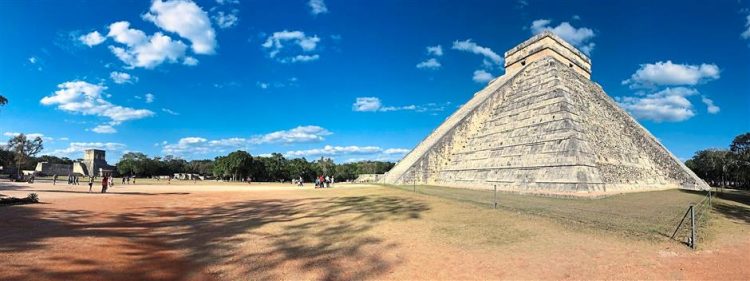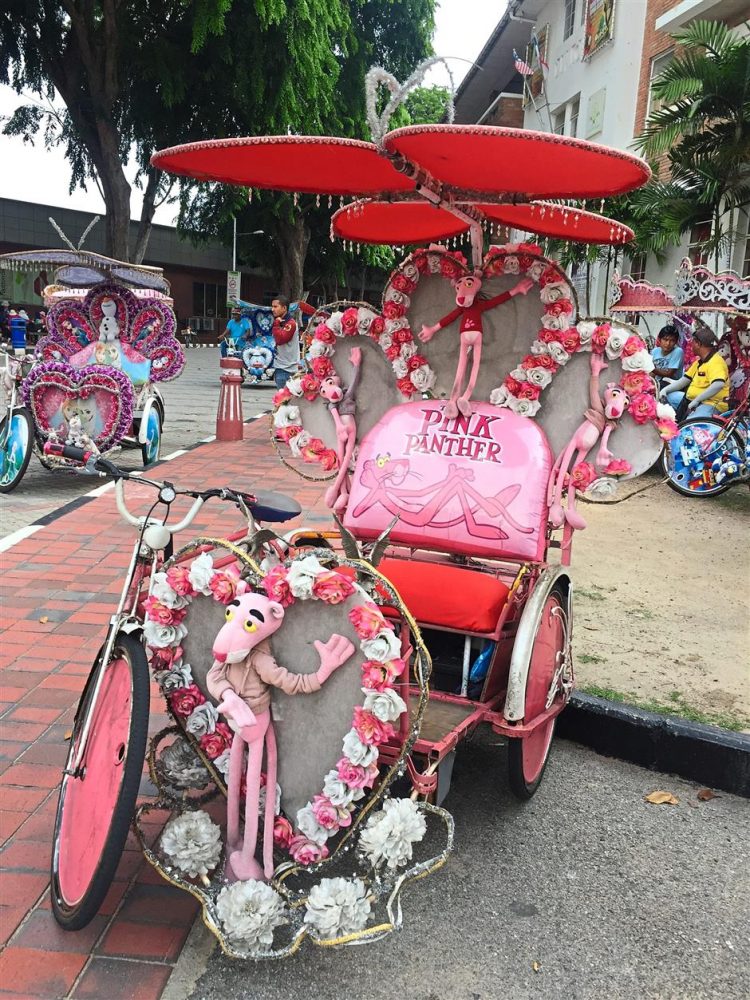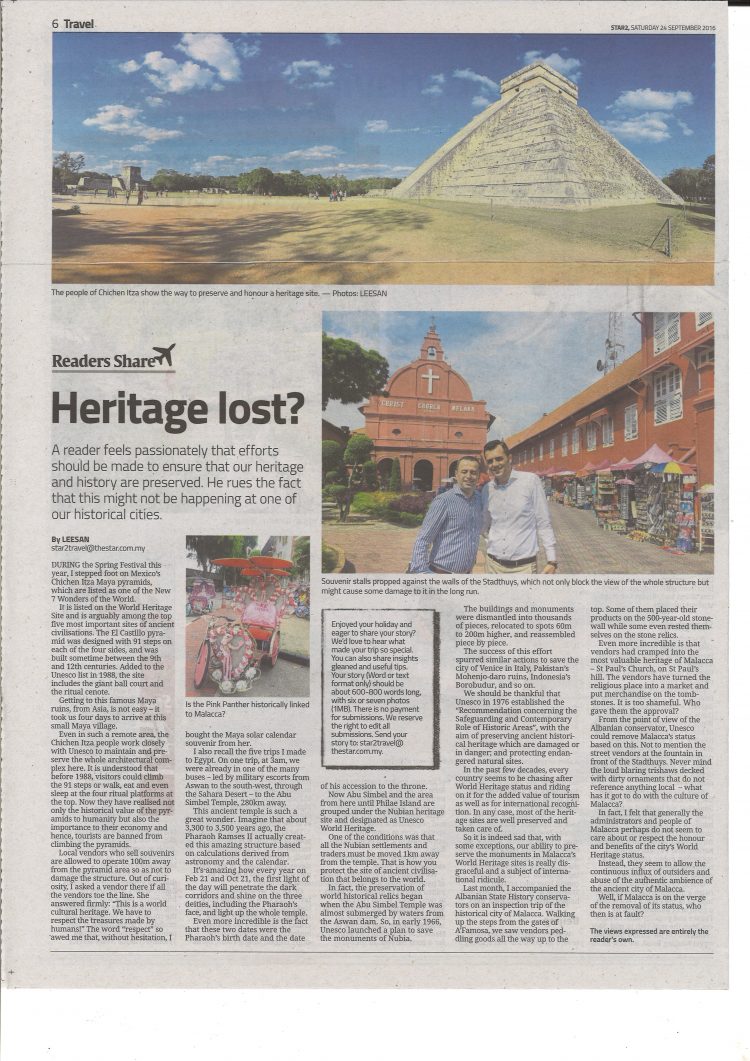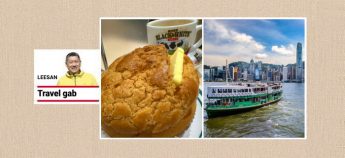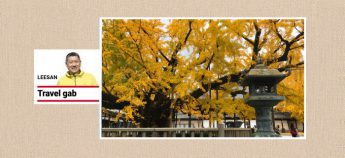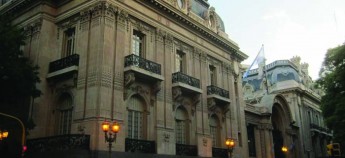It is indeed sad that, with some exceptions, our ability to preserve the monuments in Malacca’s World Heritage sites is really disgraceful and a subject of international ridicule.

The historical engraved slabs at St Paul’s Church in Malacca are treated as props by vendors for their souvenirs. (Photos: Leesan)
Leesan – Save Malacca Before It Is Too Late
During the Spring Festival this year, I stepped foot on Mexico’s Chichen Itza Maya pyramids, which are listed as one of the New Seven Wonders of the World.
It is listed on the World Heritage Site and is arguably among the top five most important sites of ancient civilisations. The El Castillo pyramid was designed with 91 steps on each of the four sides, and was built sometime between the 9th and 12th centuries. Added to the Unesco list in 1988, the site includes the giant ball court and the ritual cenote.
Getting to this famous Maya ruins, from Asia, is not easy – it took us four days to arrive at this small Maya village.
Even in such a remote area, the Chichen Itza people work closely with Unesco to maintain and preserve the whole architectural complex here. It is understood that before 1988, visitors could climb the 91 steps or walk, eat and even sleep at the four ritual platforms at the top. Now they have realised not only the historical value of the pyramids to humanity but also the importance to their economy and hence, tourists are banned from climbing the pyramids.
Local vendors who sell souvenirs are allowed to operate 100m away from the pyramid area so as not to damage the structure. Out of curiosity, I asked a vendor there if all the vendors toe the line. She answered firmly: “This is a world cultural heritage.
We have to respect the treasures made by humans!” The word “respect” so awed me that, without hesitation, I bought the Maya solar calendar souvenir from her.
I also recall the five trips I made to Egypt. On one trip, at 3am, we were already in one of the many buses – led by military escorts from Aswan to the south-west, through the Sahara Desert – to the Abu Simbel Temple, 280km away.
This ancient temple is such a great wonder. Imagine that about 3,300 to 3,500 years ago, the Pharaoh Ramses II actually created this amazing structure based on calculations derived from astronomy and the calendar.
It’s amazing how every year on Feb 21 and Oct 21, the first light of the day will penetrate the dark corridors and shine on the three deities, including the Pharaoh’s face, and light up the whole temple.
Even more incredible is the fact that these two dates were the Pharaoh’s birth date and the date of his accession to the throne.
Now Abu Simbel and the area from here until Philae Island are grouped under the Nubian heritage site and designated as Unesco World Heritage.

More than 3,000 years old, the magnificent Abu Simbel, originally carved from the stone hill face on the west bank of the Nile, was moved to its present site in the 60s. (Photo: Public domain)
One of the conditions was that all the Nubian settlements and traders must be moved 1km away from the temple. That is how you protect the site of ancient civilisation that belongs to the world.
In fact, the preservation of world historical relics began when the Abu Simbel Temple was almost submerged by waters from the Aswan dam. So, in early 1966, Unesco launched a plan to save the monuments of Nubia.
The buildings and monuments were dismantled into thousands of pieces, relocated to spots 60m to 200m higher, and reassembled piece by piece.
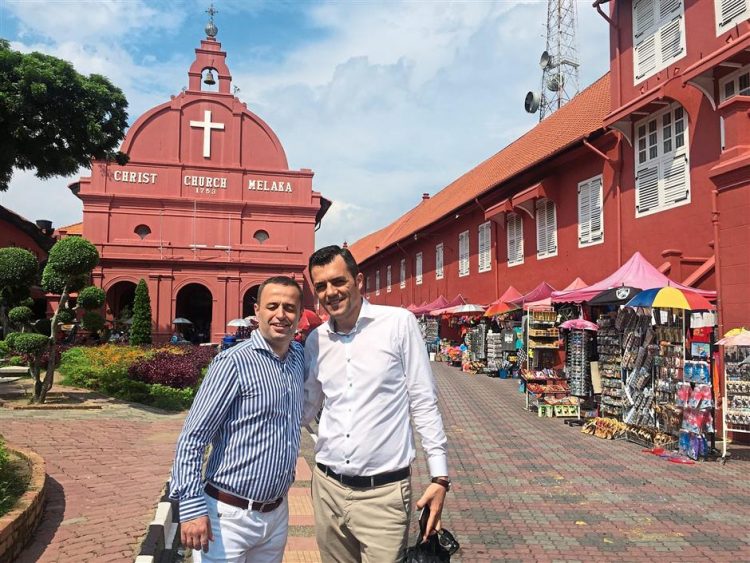
Souvenir stalls propped against the walls of the Stadthuys, which not only block the view of the whole structure but might cause some damage to it in the long run.
The success of this effort spurred similar actions to save the city of Venice in Italy, Pakistan’s Mohenjo-daro ruins, Indonesia’s Borobudur, and so on.
We should be thankful that Unesco in 1976 established the “Recommendation concerning the Safeguarding and Contemporary Role of Historic Areas”, with the aim of preserving ancient historical heritage which are damaged or in danger, and protecting endangered natural sites.
In the past few decades, every country seems to be chasing after World Heritage status and riding on it for the added value of tourism as well as for international recognition. In any case, most of the heritage sites are well preserved and taken care of.
So it is indeed sad that, with some exceptions, our ability to preserve the monuments in Malacca’s World Heritage sites is really disgraceful and a subject of international ridicule.
Last month, I accompanied the Albanian State History conservators on an inspection trip of the historical city of Malacca. Walking up the steps from the gates of A’Famosa, we saw vendors peddling goods all the way up to the top. Some of them placed their products on the 500-year-old stonewall while some even rested themselves on the stone relics.
Even more incredible is that vendors had cramped into the most valuable heritage of Malacca – St Paul’s Church, on St Paul’s hill. The vendors have turned the religious place into a market and put merchandise on the tombstones. It is too shameful. Who gave them the approval?
From the point of view of the Albanian conservator, Unesco could remove Malacca’s status based on this. Not to mention the street vendors at the fountain in front of the Stadthuys. Never mind the loud blaring trishaws decked with dirty ornaments that do not reference anything local – what has it got to do with the culture of Malacca?
In fact, I felt that generally the administrators and people of Malacca perhaps do not seem to care about or respect the honour and benefits of the city’s World Heritage status.
Instead, they seem to allow the continuous influx of outsiders and abuse of the authentic ambience of the ancient city of Malacca.
Well, if Malacca is on the verge of the removal of its status, who then is at fault?
Published by THE STAR, Star 2 segment – 24th Sept 2015
全球超过80000家酒店,Apple101助您轻松订房,出行无忧,绝对优惠价。入住期间付款,多数客房可免费取消!
